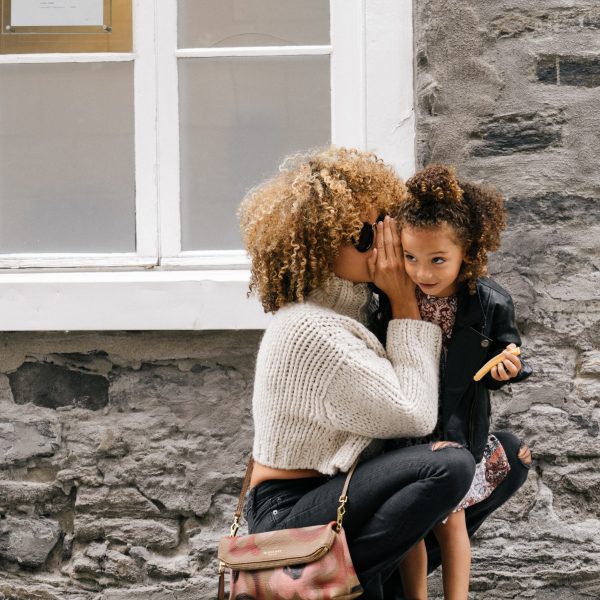Children actively influence their language environments as they grow, Duke study finds

Children actively influence their own language environments as they grow, new research from Duke University has demonstrated, rejecting previously held beliefs that the amount of language children hear is part of the determinant of why girls have bigger vocabularies early in life than boys.
Researchers decoded thousands of words from over 2,000 hours of recordings of infants’ daily lives, finding that rather than caregivers talking more to their young daughters, they appear to talk more to young children who themselves are already talking, regardless of their gender.
The findings offer an important insight for language development, lead author Dr Shannon Dailey said.
“This study provides evidence that children actively influence their own language environments as they grow,” Dr Dailey added.
“People have long noted that there are sometimes differences between girls and boys for different language skills,” co author Dr Elika Bergelson said. “Language delays and deficits, for example, are more common in boys than in girls, so that raises the question of why.”
Doctors Dailey and Bergelson reasoned that girls’ typical (and temporary) vocabulary advantage might be due to them receiving more “language input” from their parents than boys.
To test their theory, the research team counted the utterances of 21 boys and 23 girls, recorded over a year, starting when the children were six months old.
This age range, the researchers explained, is ideal because they can track what children are hearing at six months, which is well before they start talking, all the way through when most have started talking at 18 months, Dr Dailey explained.
Babies were outfitted once a month with a colorful vest that covertly housed a pocket-sized audio recorder to capture a day’s worth (~16 hours) of conversation. They also wore a small camera-embedded cap on their head on a separate day once a month to record video, from which the team extracted audio for analysis.
All told, Dr Bergelson amassed 8,976 hours of sound, leaving her to remark “if it’s all fully transcribed by the time I retire, I’ll be happy.”
To transcribe a single hour of conversation can take up to eight hours for the research team because of the high amount of detail needed. To help save time, the team focused on the ‘chattiest’ few hours per recording, amounting to 2,112 hours of sound to unpack.
Unfortunately, Siri and its peers aren’t smart enough to automatically transcribe baby talk (or even everyday caretaker talk), so Dr Bergelson relies on research assistants in her lab to annotate everything by ear.
Doctors Dailey and Bergelson found, as others have before, that girls have bigger vocabularies than boys, and they grow their vocabularies faster across early life. In this case, they approximated vocabulary size by counting the number of unique nouns kids uttered.
“Most of what children under 18 months say is nouns,” Dr Bergelson said. “So it’s a nice proxy for language development and vocabulary.”
The team then went down the line trying to figure out what might account for girls’ larger lexicon.
Dispelling antiquated beliefs, Doctors Dailey and Bergelson found that girls aren’t more talkative — girls and boys spoke the same amount, a finding that others have found persists into adulthood, Dr Bergelson added. That made it less likely that more conversational practice might lead to a bigger vocabulary.
The girls’ bigger vocabularies also weren’t due to them speaking earlier per se. While girls typically used their first words around the time of their first birthday, boys were right behind them, and tended to start talking just a month later at 13 months of age.
In the end, the team couldn’t account for girls’ bigger vocabularies based on what they heard before they uttered their first words. Rather, they found that parents talked more to their children once they started talking, regardless of gender.
“It turns out that girls have a larger vocabulary by 18 months,” Dr Bergelson said. “And so that could’ve meant caretakers talk to girls more, but really they just talk to talkers more.”
To access the research in full please see here.
Popular

Workforce
Policy
Quality
Practice
Provider
Research
ECEC must change now, our children can’t wait for another inquiry
2025-07-02 07:47:14
by Fiona Alston

Practice
Provider
Quality
Workforce
Leading with Curiosity: How distributed leadership is redefining the future of early childhood education
2025-07-03 07:42:07
by Contributed Content

Events News
Workforce
Marketplace
Practice
Quality
Provider
Research
An exclusive “Fireside Chat” with ECEC Champion Myra Geddes
2025-07-01 11:25:05
by Fiona Alston











